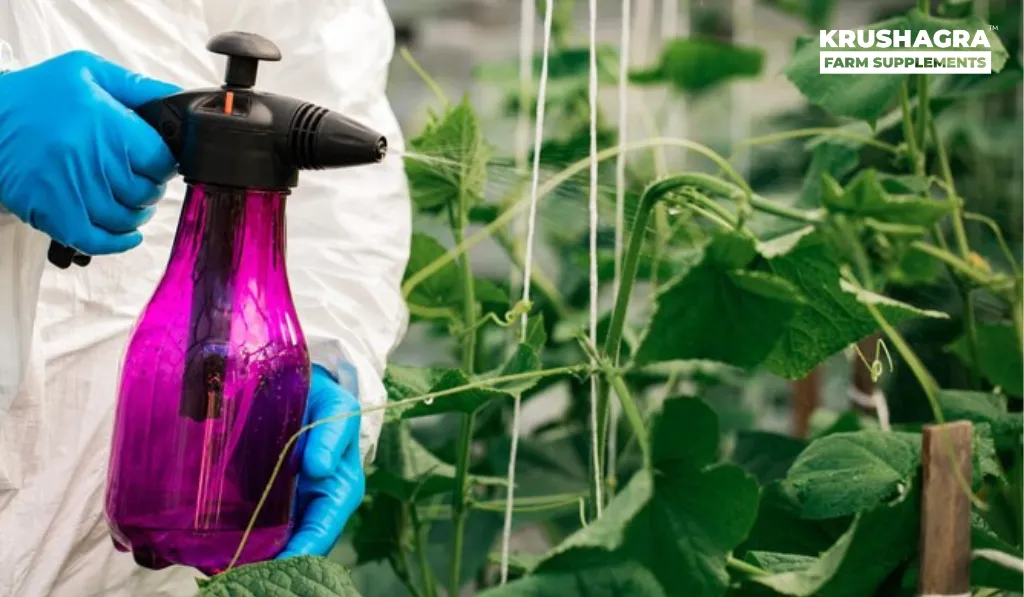Introduction:
In the ongoing quest for sustainable agriculture, the spotlight is increasingly turning towards biofertilizers as viable alternatives to their chemical counterparts. These natural fertilizers, derived from living organisms, promise a range of advantages that extend beyond mere plant nutrition. In this comprehensive exploration, we understand the simplicity and effectiveness of biofertilizers over chemical fertilizers. These advantages not only contribute to soil health and increased crop yield but also align with the broader goal of promoting environmental sustainability in modern farming practices.
Fostering Soil Health
Biofertilizers stand out for their microbial richness. Loaded with beneficial microorganisms like bacteria and fungi, these fertilizers contribute to the development of a robust soil microbiome. The symbiotic relationships formed between these microbes and plants enhance nutrient absorption, promoting healthier soil and creating an environment conducive to optimal plant growth.
Steady Nutrient Supply:
In contrast to the rapid nutrient release characteristic of chemical fertilizers, biofertilizers operate on a slow-release mechanism. This ensures a steady supply of nutrients aligned with the plant’s growth stages. This gradual release minimizes the risk of nutrient imbalances and reduces the potential environmental impact associated with nutrient runoff.
Nitrogen Fixation:
One of the remarkable features of biofertilizers is their ability to house nitrogen-fixing bacteria. These bacteria convert atmospheric nitrogen into a plant-friendly form, reducing the need for synthetic nitrogen fertilizers. This not only contributes to sustainable agriculture but also helps mitigate the environmental impact associated with the production and use of chemical nitrogen fertilizers.
Soil Structure Enhancement:
Biofertilizers play a crucial role in accumulating organic matter in the soil. This organic matter, derived from natural sources, enhances soil structure and water retention capacity. The resulting improvement in soil quality creates a favorable environment for plant roots, fostering healthier and more resilient crops.
Eco-Friendly Farming:
Unlike chemical fertilizers, which can contribute to environmental degradation through nutrient runoff, biofertilizers are sourced from natural materials, resulting in a minimal environmental impact. By promoting cleaner and more sustainable farming practices, biofertilizers contribute to eco-friendly agriculture.
Energy Efficiency Matters:
The production of chemical fertilizers is often energy-intensive and reliant on fossil fuels. In contrast, the manufacturing process of biofertilizers tends to be more energy-efficient. This aligns with the broader goal of sustainable agriculture by reducing the carbon footprint associated with fertilizer production.
Long-Term Cost-Effectiveness
While the initial cost of biofertilizers may be comparable to chemical alternatives, their long-term benefits become evident. Improved soil health and reduced dependency on additional inputs contribute to the cost-effectiveness of biofertilizers for farmers, aligning economic interests with sustainable agricultural practices.
Crops Resilience:
Biofertilizers contribute to increased crop resilience, enabling plants to withstand environmental stressors such as drought or salinity. This enhanced resilience translates into more robust crops, offering farmers a buffer against unpredictable climatic conditions and ensuring a more consistent yield.
Preservation of the Microbial Ecosystem
The use of biofertilizers helps preserve beneficial soil organisms, fostering a balanced and diverse ecosystem. This stands in contrast to chemical fertilizers, which can disrupt soil microbial communities and lead to long-term soil health issues. The preservation of these soil allies contributes to sustained agricultural productivity.
Biodiversity Boost:
Biofertilizers contribute to enhanced biodiversity and ecosystem health. By fostering a more diverse and balanced ecosystem, they promote various ecosystem services, including water purification and pest regulation. This holistic approach aligns with the principles of sustainable agriculture, where a healthy environment supports productive farming.
Farmer’s Economic Companion:
Beyond their impact on the fields, biofertilizers offer economic benefits to farmers. Improved crop yields, lower input costs, and reduced environmental impact contribute to a more sustainable and farmer-friendly approach to agriculture. This economic viability makes biofertilizers an attractive option for farmers seeking a balance between productivity and profitability.
Sustainable Harvests for the Future:
In the grand scheme of things, the advantages of biofertilizers paint a picture of a sustainable tomorrow. By choosing biofertilizers over chemical alternatives, we pave the way for agriculture that nourishes the planet without compromising its health. This commitment to sustainable practices echoes a growing global awareness of the need to balance agricultural productivity with environmental stewardship.
Conclusion:
The green revolution is simpler than we might have thought, and it begins with embracing the simplicity and effectiveness of biofertilizers. These 12 straightforward advantages showcase the potential of natural solutions in cultivating a healthier, more productive, and environmentally conscious farming future. As we adopt these bio-friendly alternatives, we take a vital step towards harmonizing our agricultural practices with the planet’s well-being. The choice between biofertilizers and chemical fertilizers is not just a matter of preference; it’s a strategic imperative for a sustainable and resilient agricultural landscape.





